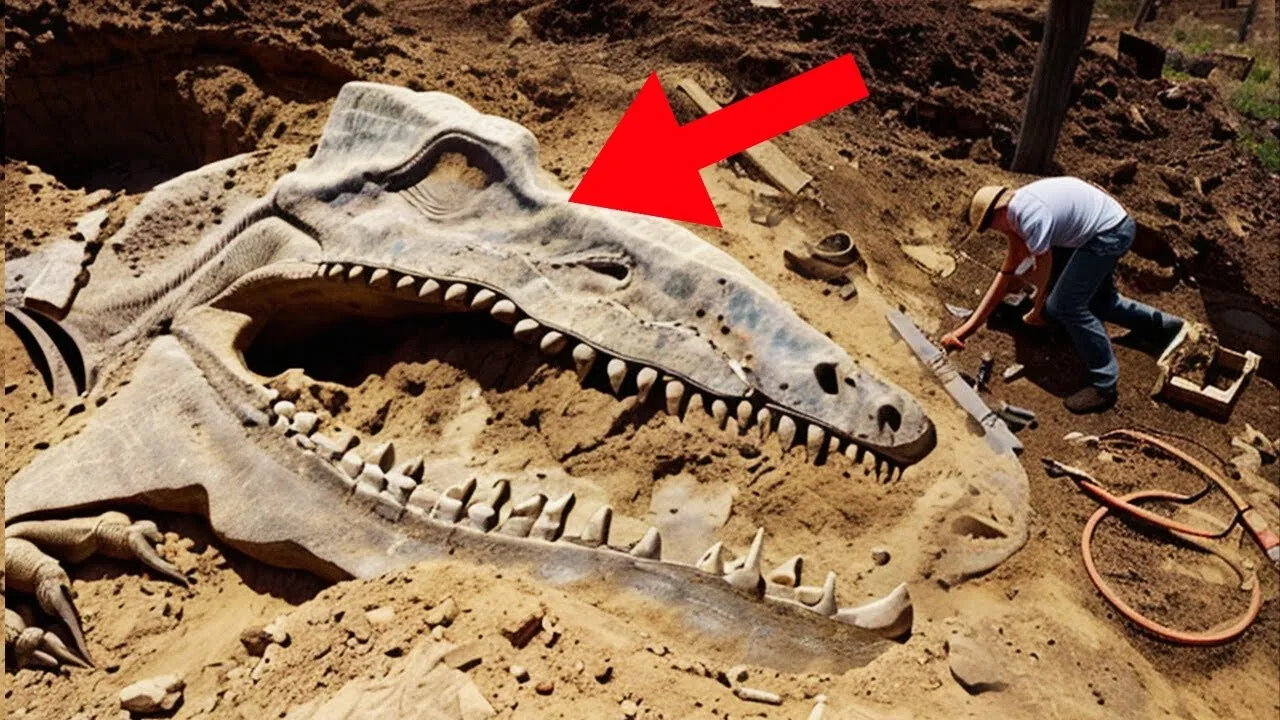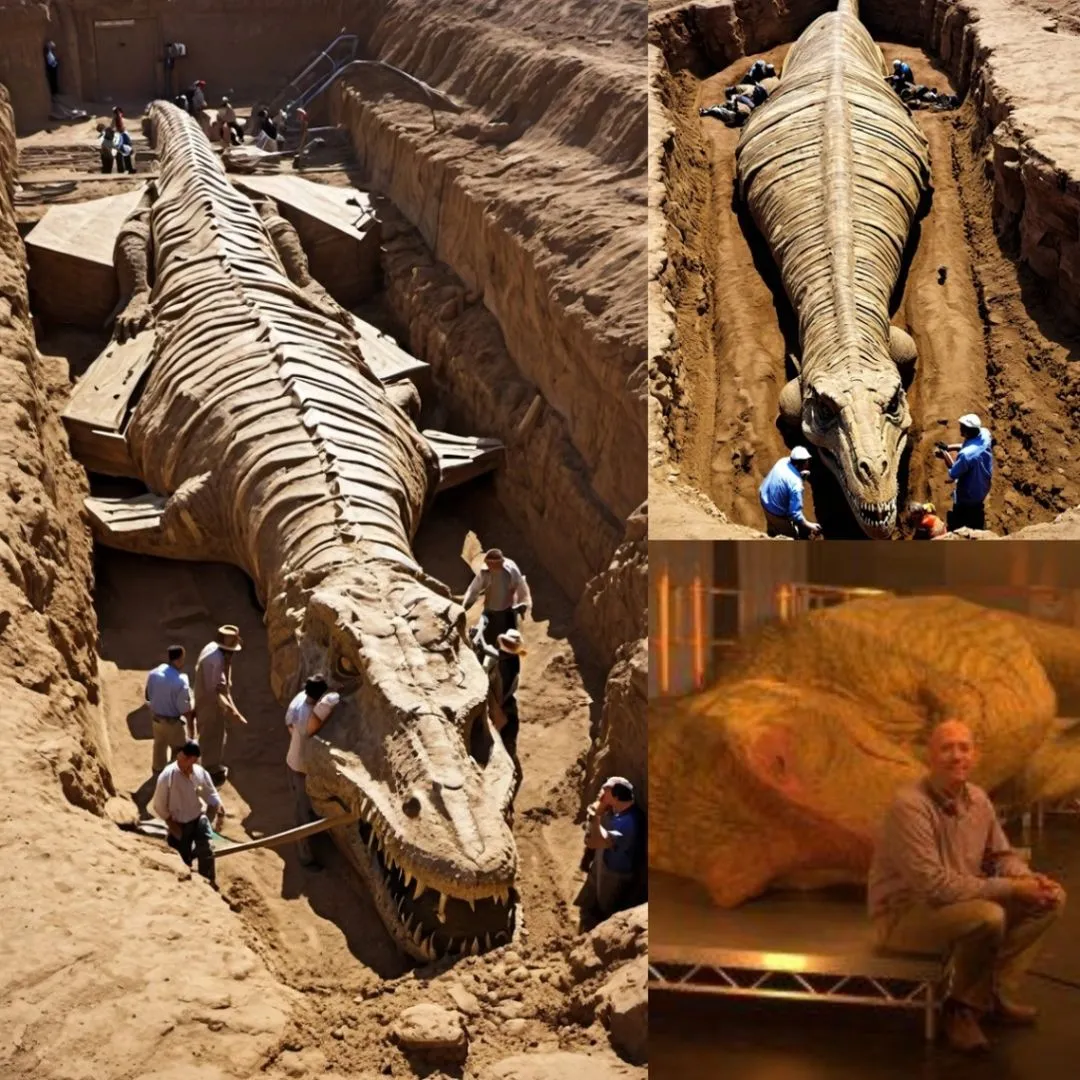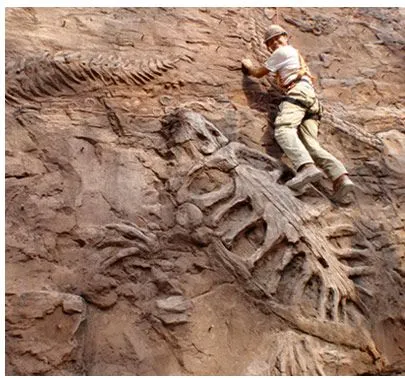T. Rex Skin Find: Dinosaur History Rewritten
The discovery of the world’s only T. Rex skin fossils has sparked a major debate in the scientific community, challenging prevailing theories about the king of the dinosaurs’ appearance. These unprecedented findings reveal that the mighty Tyrannosaurus rex, long thought to be adorned with feathers, may have sported scales, offering new insight into the history of this iconic predator.

The discovery
In a groundbreaking excavation, paleontologists have discovered a set of T. Rex skin fossils in an extraordinary state of preservation. These fossils, the first of their kind, offer a rare glimpse into the texture and composition of the dinosaur’s skin. The site of the discovery, a remote area rich in remains from the Late Cretaceous period, has yielded a number of fossils that promise to change our understanding of T. Rex.
Challenging the feathered theories

For years, the scientific consensus has leaned toward the idea that many theropod dinosaurs, including T. Rex, were at least partially feathered. This theory was based on the discovery of feathered relatives and the evolutionary connection between birds and theropods. However, recently discovered T. Rex skin fossils suggest a different story.
Evidence of scales
The fossils show clear evidence of scales, similar to those found on modern reptiles. This find challenges the idea that T. Rex was covered primarily in feathers, and suggests that scales were the dominant feature of its skin. The scale patterns seen in the fossils indicate a robust and tough exterior, which likely provided protection and aided in thermoregulation.
Reviewing the appearance of the T. Rex
The revelation of T. Rex’s scaly skin makes it necessary to revisit its reconstructed appearance. Artists and scientists who have long depicted T. Rex with a mix of feathers and scales must now consider a full-scale version of this fearsome predator.

Implications for behavior and habitat
The presence of scales instead of feathers also has implications for understanding T. rex behavior and habitat. Scales may suggest adaptations to a specific climate or environment, offering clues about the dinosaur’s ecological niche. Additionally, the physical characteristics of scales can provide insight into the dinosaur’s growth, health, and interaction with its environment.
Broader impact on paleontology
The discovery of the scaly T. Rex fossils not only challenges existing theories, but also underscores the importance of continued exploration and research in paleontology. Each new find has the potential to rewrite our understanding of prehistoric life, proving that our knowledge of the past is constantly evolving.

Future directions of research
In the future, scientists will likely focus on further analyzing T. rex skin fossils and looking for additional evidence to corroborate these findings. Comparative studies with other theropod fossils may help clarify the evolutionary pathways that led to the diverse skin coverings observed in different dinosaur species.
Conclusion
The discovery of the world’s only T. Rex skin fossils represents a monumental moment in paleontological research. By challenging widely accepted theories about feathers and revealing a King of the Dinosaurs-scale history, these fossils invite us to reconsider what we know about one of the most iconic creatures to ever roam the Earth. As research continues, we can expect even more fascinating discoveries that will deepen our understanding of the ancient world and its magnificent inhabitants.






